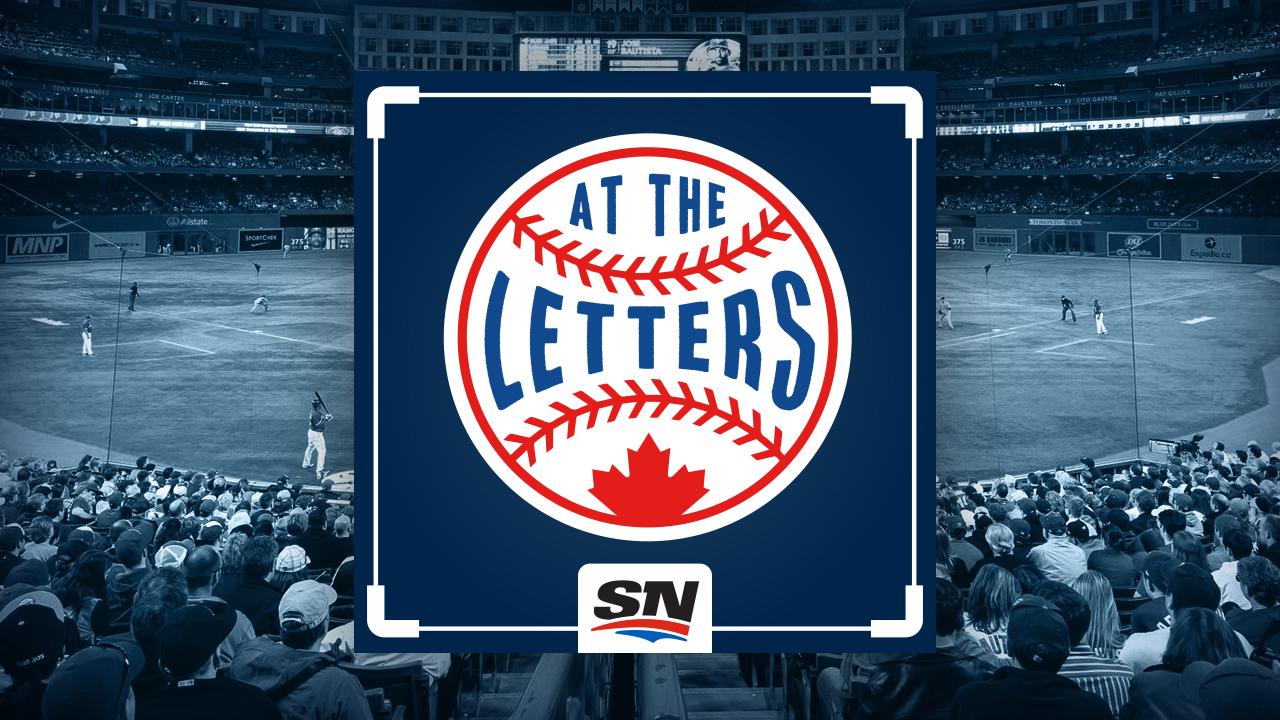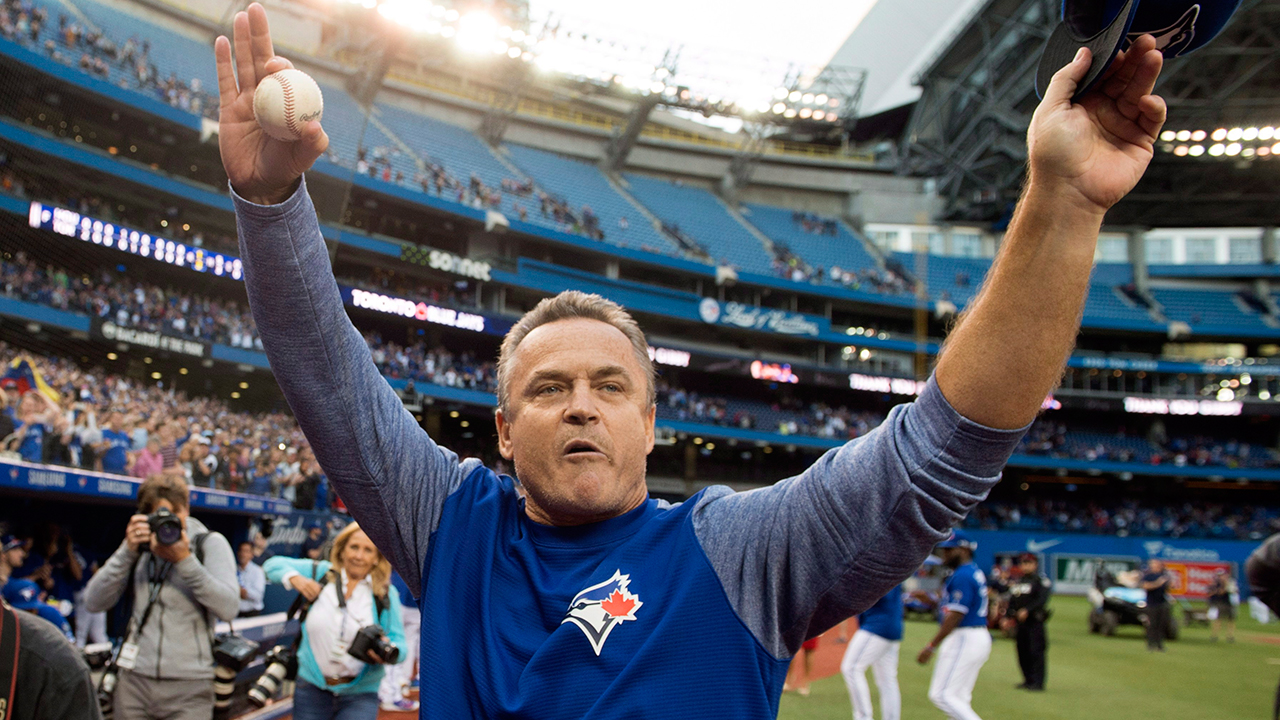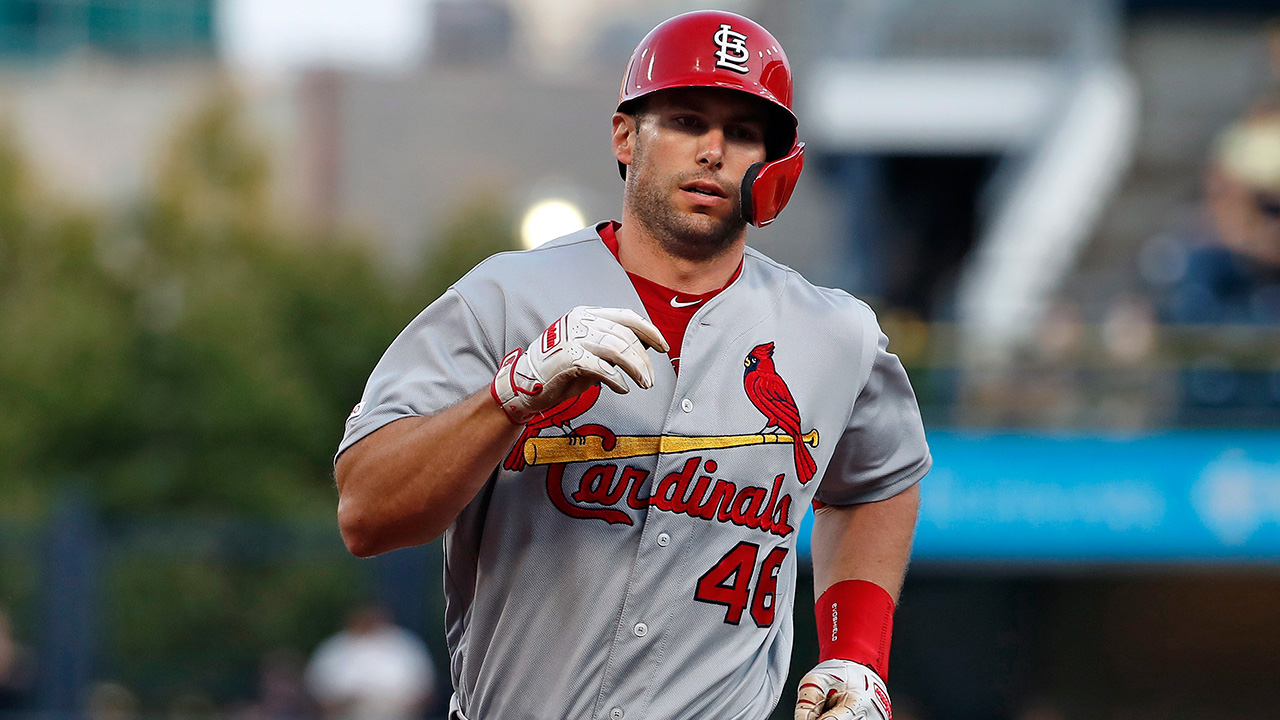TORONTO — Of all the players available this off-season, no one has the potential to transform a franchise like Shohei Ohtani.
Even if you set aside the lucrative business opportunities he’d create and accept that he’s not going to contribute as a pitcher for at least one year, Ohtani still projects as a 40-homer bat in 2024. Plus, once you add him, recruiting other players becomes that much easier and you consolidate lots of WAR into one roster spot, freeing you up elsewhere.
So how do teams get Ohtani’s attention? By all accounts, his priority is winning, so selling him on your vision will be essential. And money will matter, even if it hasn’t been the driving force behind Ohtani’s decisions thus far.
Maybe it’s that simple. If so, the Los Angeles Dodgers may be best positioned to land the 29-year-old. But there may also be other, more creative, ways to get Ohtani’s attention — not as a substitute for winning or money, but as an extra.
For instance, it would be surprising if the Blue Jays, a dark-horse suitor for Ohtani, haven’t crafted a personally targeted recruitment pitch video, as they’ve done for previous free agent targets. Have they also asked for recruiting help from Yusei Kikuchi, someone Ohtani admired while attending the same Hanamaki Higashi High School in Japan? Few people better understand the transition from rural Japan to the American West Coast to Toronto.
The downside would be low, not only for the Blue Jays, but for other teams looking to land the most intriguing free agent since 2000, when 25-year-old Alex Rodriguez hit the open market following a 41-homer, 132 RBI season with the Seattle Mariners. With that in mind, here are a few add-ons teams could consider once they’ve made their best pitches on winning and dollars:
An informal agreement that gives Ohtani input into coaching staff decisions
This is dangerous territory, as it opens up the possibility of resentment from others within the clubhouse while creating a risky precedent for recruiting superstar players. For those reasons, some executives I heard from see more risk than reward to an NBA-style understanding along these lines.
At the same time, there are no rules preventing this kind of agreement, and coaching staffs are now so big that this idea isn’t as wild as it once would have seemed. Teams like the Tampa Bay Rays and Blue Jays carried 13 coaches last year. Giving a player like Ohtani say over one of those spots could be worth considering if it means landing a once-in-a-lifetime player.
And given his needs as a two-way player, it would actually be unwise not to solicit at least a little input here.
A lucrative side deal for trusted staff
Ohtani has worked with interpreter Ippei Mizuhara for years, not only with the Los Angeles Angels but at the World Baseball Classic, suggesting there’s a high level of trust here. As a way of showing Ohtani how important his comfort is, a team could offer Mizuhara a lucrative side deal of his own.
One longtime executive was certain these kinds of concessions are already happening behind the scenes. At the same time, teams can’t go too wild here. If a deal with an interpreter, chef or physical trainer represented a major departure from what those deals typically pay, MLB could see this as an indirect way to compensate the player and circumvent the competitive balance tax.
“The right to leave:” A guarantee Ohtani plays for a winner
Serious about winning and willing to prove it? Offer Ohtani the chance to opt out if the signing team ever has consecutive sub-.500 seasons. Then he knows he’ll play for a winner his whole career.
It’s possible the MLBPA or even MLB would have issues with an opt-out tied to winning rather than player performance. And if your superstar wants out, you have a problem regardless of contract structure. Still, this might get Ohtani’s attention.
One way or another, industry observers predict opt-outs are going to be big with Ohtani’s next move, and the simplest path ahead likely includes a traditional player opt-out or two. Even a basic player opt-out would still represent a major concession on the part of the team.
In the end, a commitment to winning will likely be most attractive for Ohtani. And as one longtime observer noted, in free agency it’s often as simple as finding the highest bidder. “Wallets decide.” But if there’s even a small chance at finding an edge, teams might want to get creative.
Bichette Check
The non-Jays execs I’ve spoken to this winter are under the impression the Blue Jays plan to keep Bo Bichette. Now, that doesn’t stop other teams from expressing interest, but remember, it takes two for any real traction to develop. Bichette is in his prime and locked up affordably for two more years, giving the Blue Jays all kinds of reasons to keep him and little urgency to move him.
The Third Base Market Moves
By acquiring Eugenio Suarez from the Mariners last week, the Arizona Diamondbacks addressed their need for third base help while seemingly taking themselves out of the market for others at that position, most notably Matt Chapman.
This impacts the Blue Jays in a couple of ways. They showed some trade interest in Suarez this month, but evidently weren’t overly motivated there, as they could easily have topped the return: catcher Seby Zavala and minor-league pitcher Carlos Vargas.
More notably, the Suarez deal eliminates a suitor for Chapman, who lives in the Scottsdale, Ariz. area. Yet there are still plenty of potential suitors for the third baseman, who could help the Dodgers, Cubs, Yankees, Mets and Giants, among others.
Scott Boras, the agent for Chapman, can point to deals for defence-first players like Dansby Swanson ($177 million), Javy Baez ($140 million) and Trevor Story ($140 million) when discussing comps for Chapman. That will be too rich for some suitors, but some executives believe the Giants will be highly motivated on the 30-year-old, who has ties to manager Bob Melvin and president of baseball operations Farhan Zaidi from their time in Oakland.
As for the Blue Jays, they remain involved on Chapman, and passing on Suarez suggests they’re confident better opportunities will emerge as the off-season unfolds.
For What It’s Worth
The Blue Jays showed early interest in Aaron Nola before he re-signed with the Phillies. In the scenario that they add a starting pitcher, they’d presumably explore trades for existing starters, including Alek Manoah. As of now, though, other teams seem more motivated in the starting pitching market, meaning Manoah’s more likely to arrive in spring training as the leading candidate for the Blue Jays’ final rotation spot.












